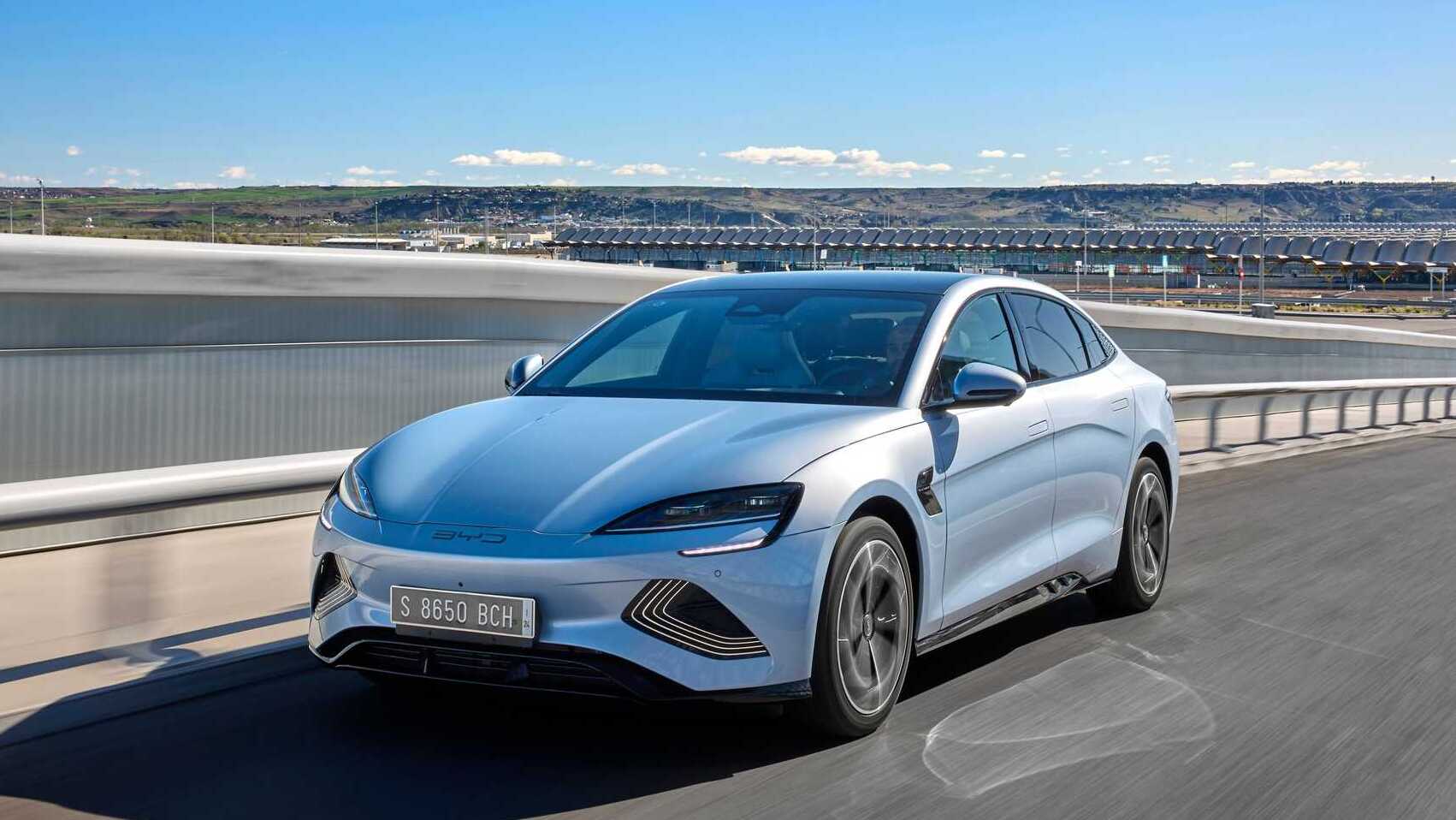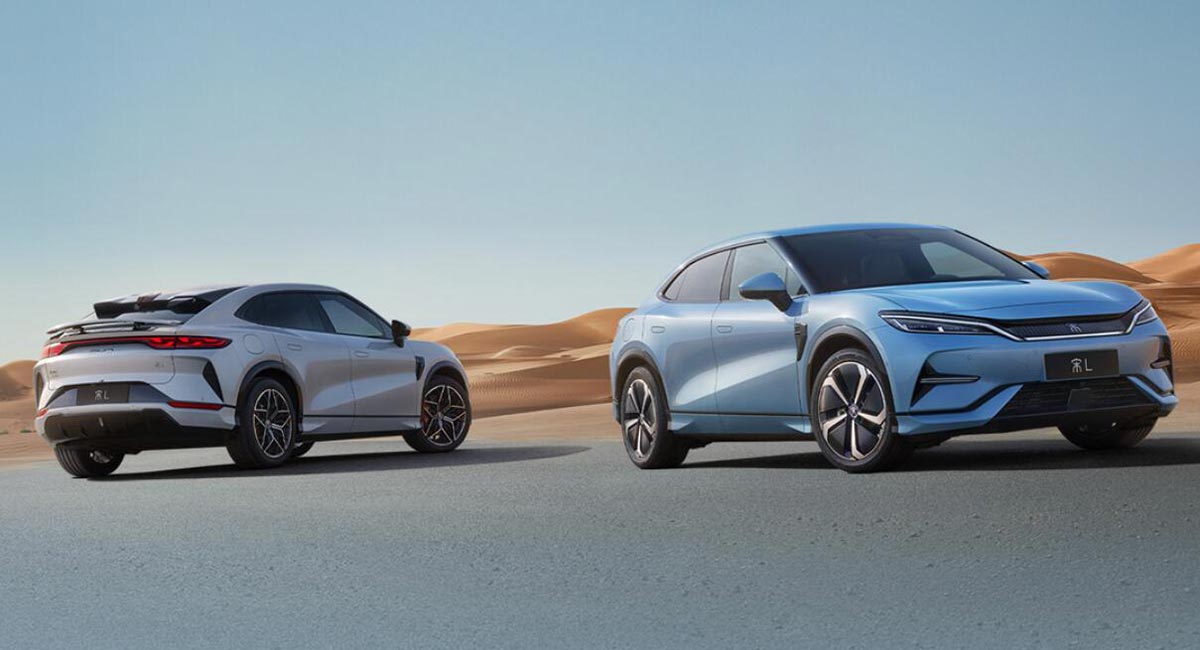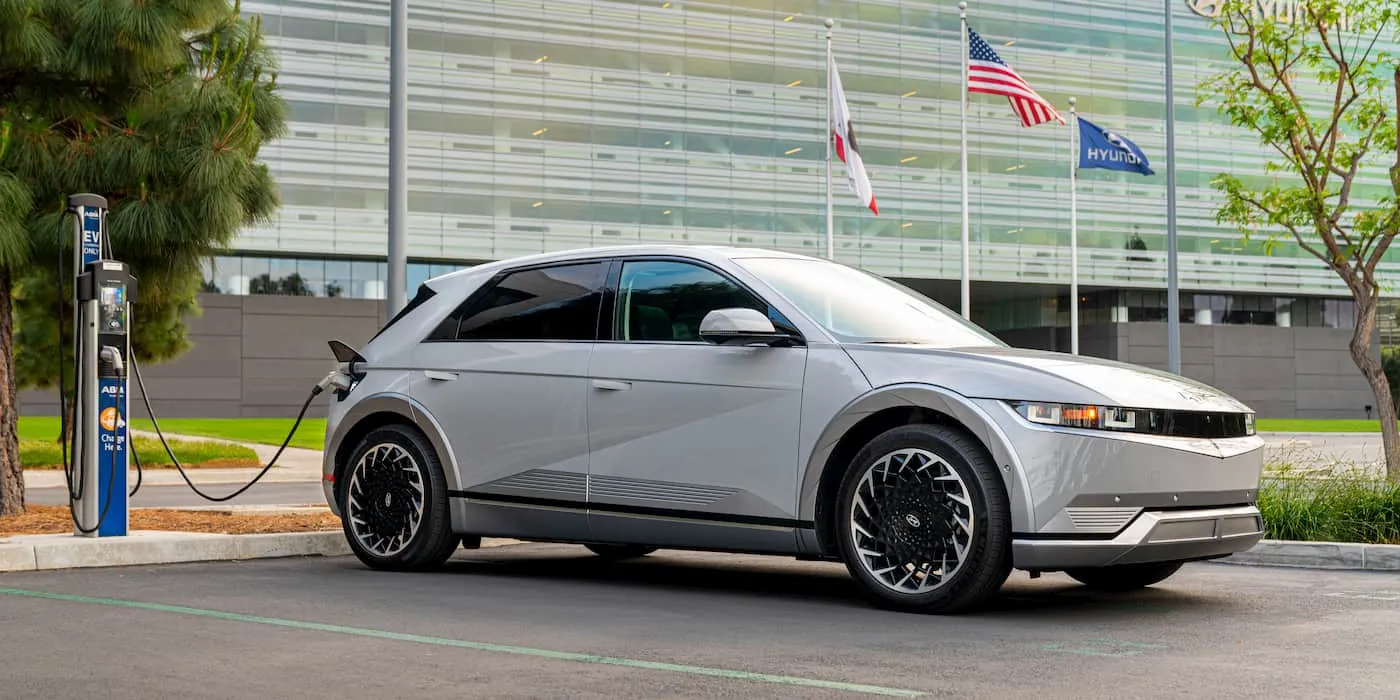Chinese automaker BYD disclosed a dip in sales for January compared to the previous month, attributing the decline to seasonal factors that impacted several major automakers in China. According to an announcement on the Hong Kong stock exchange, BYD sold 201,493 new energy vehicles (NEVs) in January, reflecting a 33.14% year-on-year increase but a notable 40.92% decrease from December.
In a strategic shift in March 2022, BYD halted the production and sales of vehicles solely powered by internal combustion engines, redirecting its focus towards plug-in hybrids (PHEVs) and battery electric vehicles (BEVs).
See also: BYD Unveils Official Images of New Yuan Up SUV as it Joins A0-Segment Lineup

The breakdown of BYD’s NEV sales in January indicates that passenger NEVs accounted for 201,019 units, marking a 33.87% year-on-year rise but a 40.91% drop from December. The commercial NEV segment experienced a decline with 474 units sold in January, down 59.73% from the same period last year and 45.20% from December.
Within the passenger NEV category, BEVs constituted 105,304 units in January, exhibiting a 47.61% increase from a year earlier but a 44.80% decrease from December. Meanwhile, sales of passenger PHEVs for January stood at 95,715 units, reflecting a 21.43% year-on-year rise but a 35.94% decline from December’s figures.

BYD achieved a record-high overseas sales figure in January, selling 36,174 vehicles. This represented a substantial 247.53% increase from the same month in the previous year and a marginal 0.22% rise from December.
In addition to its status as China’s largest NEV company, BYD holds the position of the country’s second-largest power battery manufacturer. The installed capacity of BYD’s power and energy storage batteries in January reached approximately 11.309 GWh, reflecting a 38.79% year-on-year increase but a 36.27% decrease from December’s capacity of 17.746 GWh.






